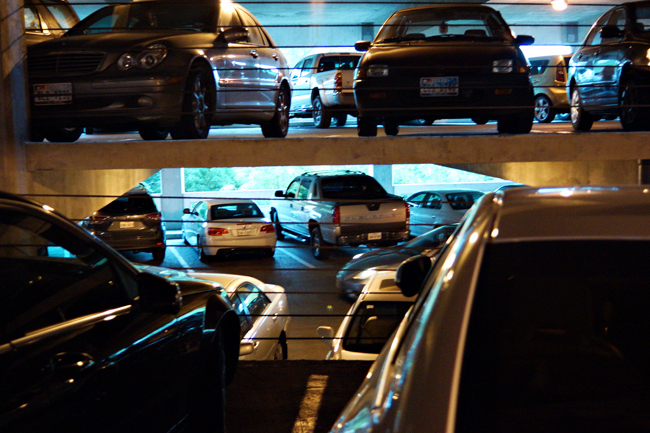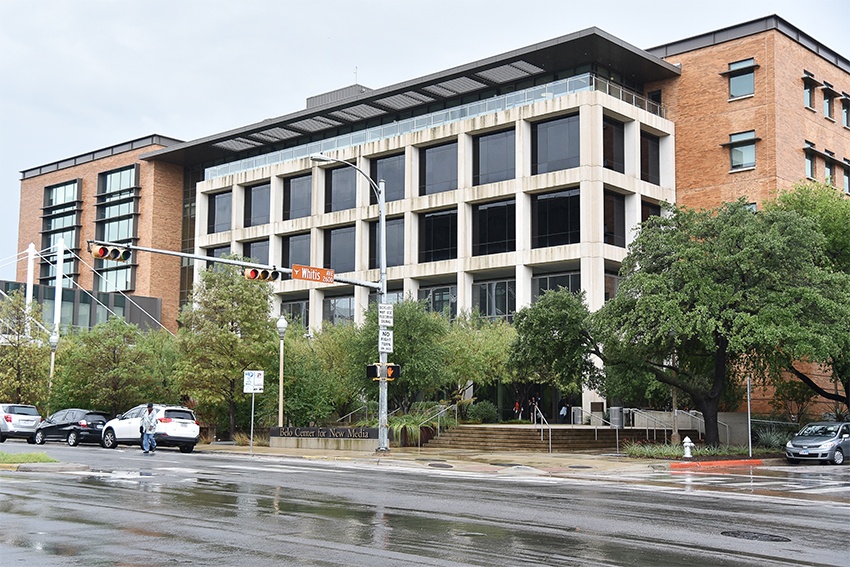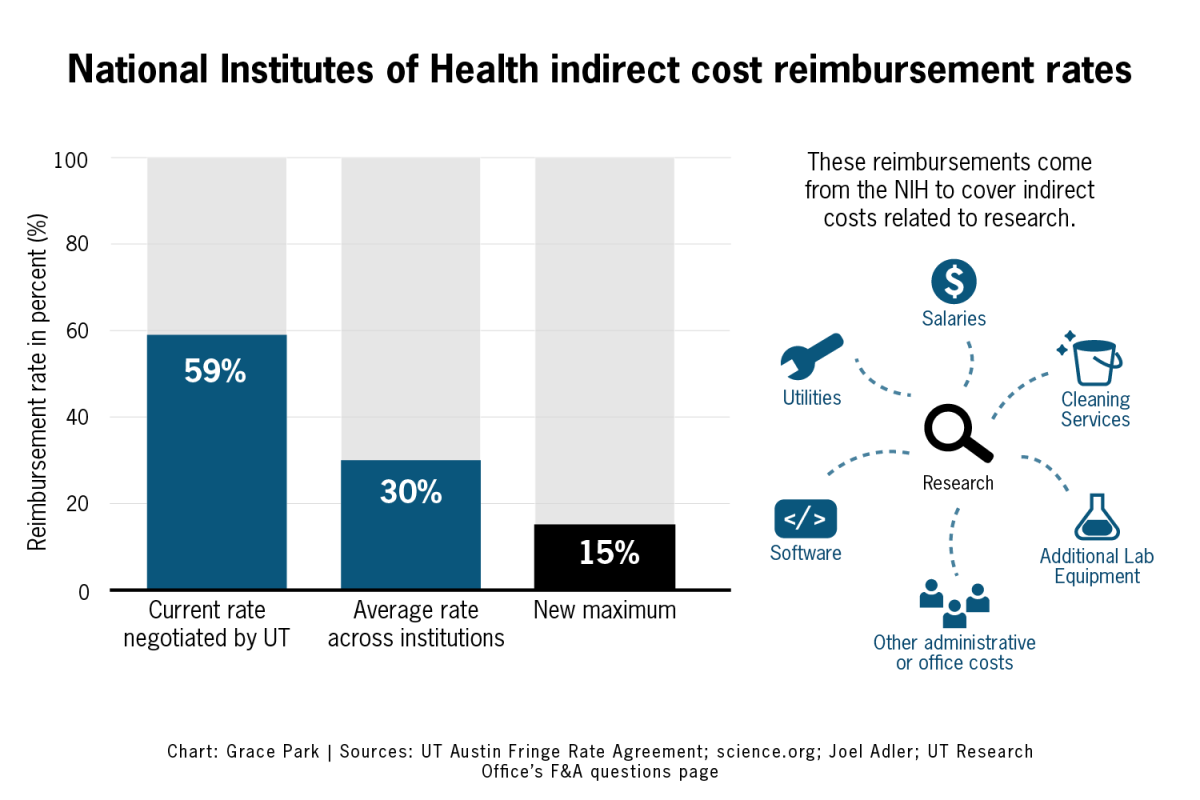University parking rates are likely to increase over the next five years, according to the draft of a report by the Committee on Parking Strategies, which will present recommendations on how to increase parking revenue to the UT community next week.
Bob Harkins, chair of the committee and associate vice president for campus safety and security, said an increase in the cost of daily parking rates and faculty and student permits will be used to support the expenses of Parking and Transportation Services, or PTS, and the construction of new parking garages.
“We haven’t raised parking rates a lot — less than 2 percent per year over the last 10 years,” Harkins said. He said PTS wanted to keep parking fees down since faculty salaries were not rising and the cost of attendance for students is increasing.
The Committee on Parking Strategies — made up of faculty, staff and students — was created in 2013 after the University’s Committee on Business Productivity published a report titled “Smarter Systems for a Greater UT,” stating that PTS could earn $96 million in revenue over the next 10 years by increasing parking prices.
“Currently, there is an annual gap of $9.2 million between market rates and what UT charges for parking,” the report said. “A rate increase of 7.5 percent per year for 15 years would put UT equal to the market.”
According to Harkins, after the Committee on Parking Strategies did its own research, it determined PTS could more realistically earn about $38 million in 10 years in revenue. The draft of the committee’s report shows the cost of Class C and Brazos Garage resident parking permits are expected to increase $6 and $23.60 per year, respectively. Resident permit costs in Manor Garage are not anticipated to rise.
Harkins said, even if the Committee on Business Productivity had not published its findings about University parking, PTS still needed to look into increasing parking rates.
In 2013, the UT System Board of Regents approved the 2012 Campus Master Plan, which outlines development of the University campus for the next 30 years. Harkins said, according to this plan, the University intends to build buildings on current surface parking lots, creating the need for the construction of more parking garages.
PTS director Bobby Stone said the number of parking spaces in surface lots is presently equal to the number of spaces in parking garages. Once new buildings begin replacing surface lots, Stone said he expects 75 percent of parking spots to be garage spaces.
“The impact that will have on the community at large is it costs me a lot more money to build a parking garage space than it does a surface space,” Stone said. “And it costs me a lot more money for me to maintain that space.”
Stone said, since PTS is an auxiliary department — meaning no faculty or staff salaries or tuition dollars go toward supporting the parking system — it needed to find a way to pay for new parking garages to be able to provide about the same number of spaces the University has now.
The Committee on Parking Strategies will present its recommendations to Student Government, and the Graduate Student Assembly and at a campus-wide town hall meeting Tuesday, along with the Staff Council on Thursday.
SG President Kori Rady said it makes sense that PTS plans to increase parking rates.
“Obviously, we don’t want the money to come from students, but there’s nothing we can really do about it, unfortunately,” Rady said. “The money has to come from somewhere.”




















